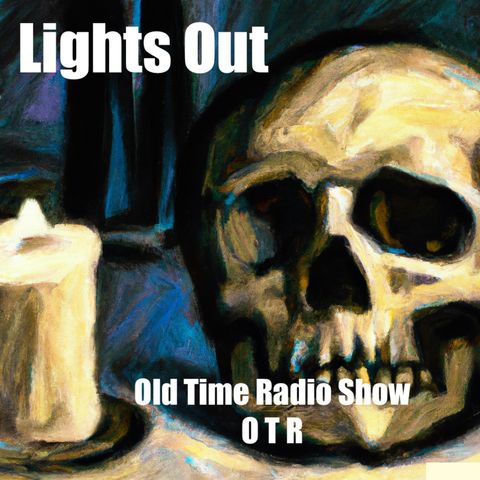
Contactos
Información
"Lights Out" was a renowned radio horror anthology series that captivated audiences during the mid-20th century. Created by Wyllis Cooper and later helmed by Arch Oboler, the show left an...
mostra más
"Lights Out" was a renowned radio horror anthology series that captivated audiences during the mid-20th century. Created by Wyllis Cooper and later helmed by Arch Oboler, the show left an...
mostra másInformación
| Autor | Katie Brown |
| Organización | William Corbin |
| Categorías | Artes escénicas , Arte , Ficción |
| Página web | - |
| corboo@mac.com |
Copyright 2024 - Spreaker Inc. an iHeartMedia Company
